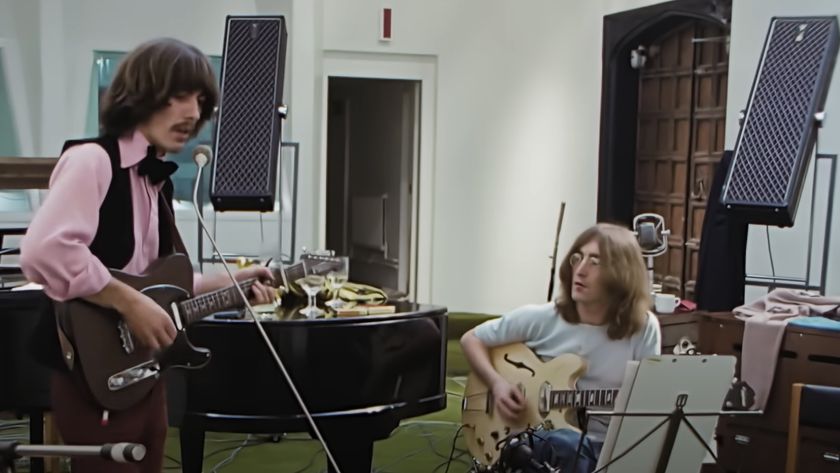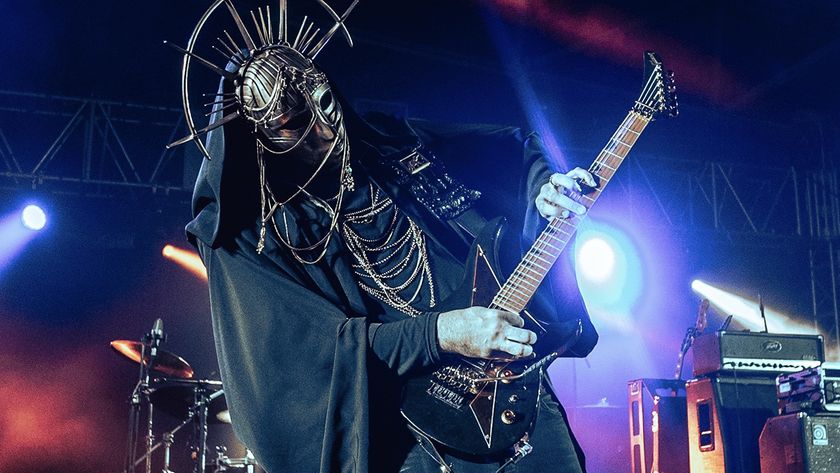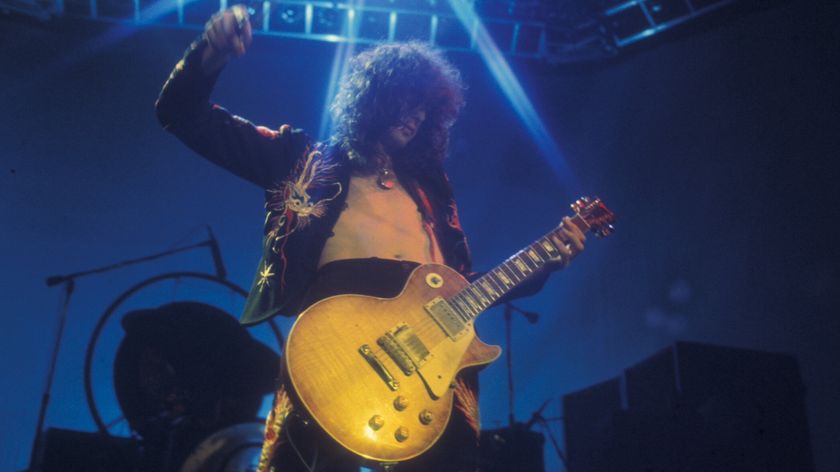“I was tired of not being able to hear my guitar when I played. I got a Gretsch Country Gentleman, and that changed the game for me”: Vincent Neil Emerson’s star is rising fast – whether he’s playing a Chet Atkins electric or rare George Harrison acoustic
The Texas storyteller tells his story so far – from Neil Young tunings to Shooter Jennings collaborations and how he channels raw emotion through his guitar leads
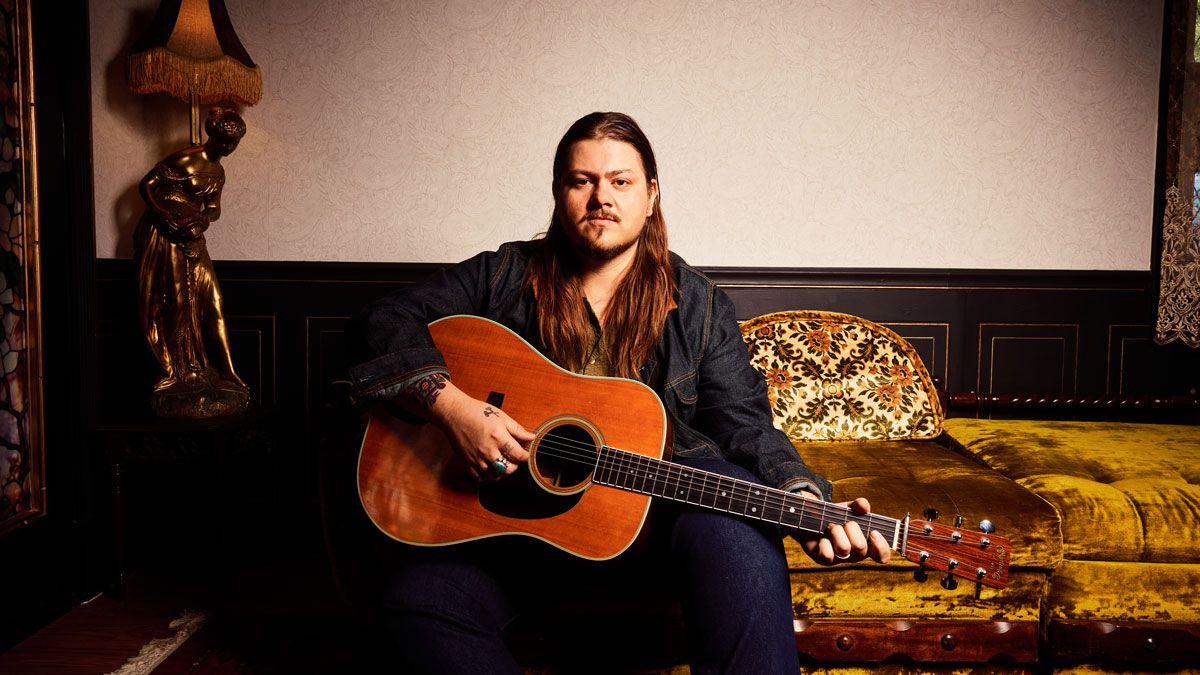
In the pantheon of Texas music storytellers – Guy Clark, Townes Van Zandt, Steve Earle, Lyle Lovett, Willie Nelson and Waylon Jennings among many – Vincent Neil Emerson is on his way to prominence.
He’s fearless in the subjects he tackles and the experiences he shares, from mental health (Time of the Rambler) to personal loss, suicide (Learnin’ to Drown) and the painful history of his Native American roots (Ballad of the Choctaw Apache).
His new album, The Golden Crystal Kingdom, is the next step in carving his name onto the list of prominence. “There’s a singer-songwriter tradition in Texas that runs really deep,” he says. “The younger generation guys like me, Charley Crockett, and my buddy Colter Wall, are all big fans of that music, and it’s shining through in what we’re doing.”
Emerson began playing guitar at age 17, when a friend showed him a few chords and gave him a Mel Bay book. At that point he was writing short stories and poetry, but mostly kept his work to himself.
He was also immersed in blues, folk and singer-songwriters, deep-diving into the works of Bob Dylan, Lightnin’ Hopkins, Elizabeth Cotten, Mance Lipscomb and Doc Watson. “I got really into fingerpicking,” he says, “and I was determined to figure out how to do it.”
He added electric guitar to his repertoire “out of necessity, because I was tired of not being able to hear my guitar when I played. I’m a big fan of Chet Atkins, so I got a [Gretsch] Country Gentleman, and that changed the game for me. It feels like an acoustic but sounds like an electric, so it’s nice in a live setting. That evolved into more rock ’n’ roll – stuff like Neil Young and Crazy Horse, and Steven Stills, who is super-underrated as a guitarist.”
Emerson has recorded a number of independent EPs. He released his official debut album, Fried Chicken & Evil Women, in 2019. His self-titled sophomore project, produced by Rodney Crowell, followed in 2021. The Golden Crystal Kingdom was recorded in Los Angeles with Shooter Jennings at his Steakhouse Studios, with Emerson playing acoustic and electric guitar on the tracks.
Get The Pick Newsletter
All the latest guitar news, interviews, lessons, reviews, deals and more, direct to your inbox!
You’ve said that your approach to the studio is to have no expectations, because expectations leave you disappointed most of the time. Does that approach open the door for more experimentation?
“Definitely. I think you have to go in with a clean slate, because not only are you working through these songs yourself, but you’re also working with a band, a producer, and other people that are a part of it. If you have too many expectations of how it should go, that can lead to frustration as well.”
How did Rodney Crowell and Shooter Jennings help you?
“Rodney is an amazing writer, singer and guitar player, and he pushed me as a songwriter. I had maybe three songs when he signed on to make that record. I started writing more, sending him tunes, and he’d give me notes here and there.
“To have a guy like that critique your work and give you feedback is invaluable. We had no shortage of great musicians who could play any instrument, so I did a lot of strumming and fingerpicking on that record.
“Shooter suggested I play some lead parts, which was a new thing for me in the studio. I got lucky again with the band he picked out. They’re all incredible musicians and really nice guys who added to the vibe and made me feel comfortable. It’s always a huge thing inviting other people to collaborate on something that you hold close to your heart.”
Of the many guitars in your collection, which ones did you use on this album?
“I flew to LA to make this record – and if I’d had my way, I would have brought all my guitars, just so I had everything at my fingertips. But I could only take two. I bought a Calton heavy-duty flight case so I could check one and take the other aboard with me.
I was listening to Cinnamon Girl and trying to figure out how Neil Young played. I started researching, went down the rabbit hole, and found D Modal tuning
“I chose my 1959 Gretsch Country Gentleman and my 2022 Martin Golden Era D-18. For the leads on the album I used one of Shooter’s guitars, a Les Paul Custom Murphy Lab ’57 copy, and it was really nice.
“I love guitars with one-and-three-quarter-inch nut widths. A big hurdle for me with playing electric guitar was that I felt fumbly. My fingers never felt right on a slim neck with tight string spacing. The Country Gentleman has that one-and-three-quarter-inch nut width; it’s got wider string spacing at the bridge, and it sounds really nice.
“It’s the nicest electric guitar that I own, for sure. It’s just a dream to play. It’s not a vintage one; it’s one of the newer Gretches, and whatever they’re doing in the factory in Japan is amazing. That’s why I wanted to play it on the record.
“Also, at the time I wrote these songs, I was listening to a lot of Neil Young and Steven Stills, and they both played Gretch guitars, so I wanted to get some of those sounds.
“The Martin is still is one of the nicest acoustic guitars that I have. It plays so well and fits my hands really well, and it sounds great recorded. I think mahogany dreadnoughts have a clearer, defined sound – less bass, more treble.”
You used some different tunings on a few tracks.
“I was listening to Cinnamon Girl and trying to figure out how Neil Young played. I started researching, went down the rabbit hole, and found D modal tuning. I had an old Standel acoustic guitar – George Harrison had one; they’re really rare. I found mine at Chicago Music Exchange. I had that tuned up to D modal.
“I was sitting on the couch, fingerpicking and playing with chords, and the melody to Little Wolf’s Invincible Yellow Medicine Paint started jumping out from that. Co’dine uses D modal as well.
“Other than that, I’m a big fan of John Fahey, and I’ve been looking for a chance to use some open tunings on a record, so maybe the next one I’ll do that. But for this record, it’s just standard. I tune all my guitars down a half step, and then there were the D modal tracks, and that’s pretty much it.”
I’ll feel like I did before things started popping off for us – then somebody from Belgium or Australia or Japan messages me
Obviously, lyrics are the most important part of your work. Is the guitar equally important in storytelling?
“For sure. On The Man From Uvalde, I couldn’t picture trying to tell that story without the guitar work that’s in it. That’s one of the tracks Shooter encouraged me to play lead on. I think the anger was conveyed through the guitar, through my lead.”
With this album especially, the buzz around you is really happening. When did you become aware things were taking off?
“It’s strange. I’ll feel like I did before things started popping off for us – then somebody from Belgium or Australia or Japan messages me. It blows my mind that my music is reaching that far.
“And being able to tour as well – it wasn’t that long ago I could barely draw a hundred people in my hometown, and now we’re selling out shows all across the state. So it feels really good, but it’s also really weird.”
- The Golden Crystal Kingdom is out now.
Alison Richter is a seasoned journalist who interviews musicians, producers, engineers, and other industry professionals, and covers mental health issues for GuitarWorld.com. Writing credits include a wide range of publications, including GuitarWorld.com, MusicRadar.com, Bass Player, TNAG Connoisseur, Reverb, Music Industry News, Acoustic, Drummer, Guitar.com, Gearphoria, She Shreds, Guitar Girl, and Collectible Guitar.
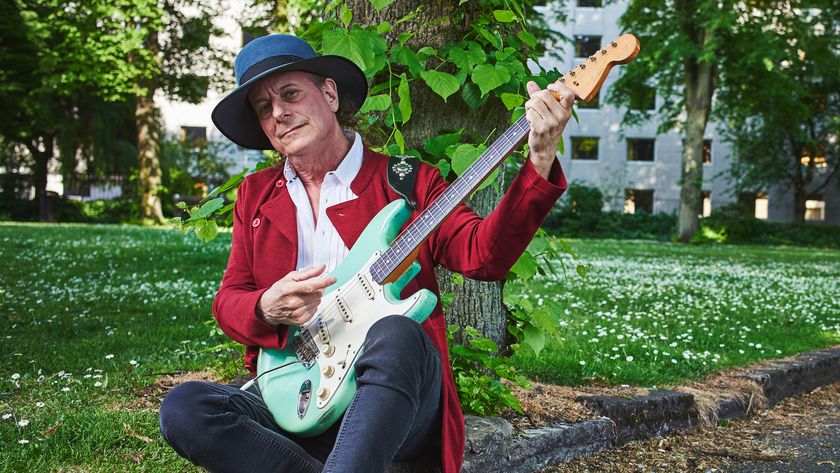
“I’m sitting on the couch with a guitar, and Jeff is standing over me. He pulled out a notebook with lyrics and doodles, started singing, and that was Grace”: How Gary Lucas made guitar magic with Jeff Buckley, Captain Beefheart and Chris Cornell
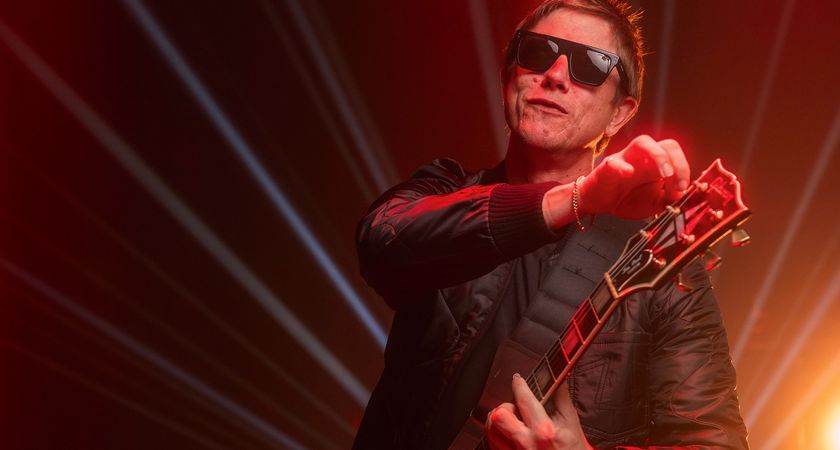
“I don’t think I have the agility on the neck to do a traditional guitar solo – I’m more from the Kurt Cobain school”: Interpol frontman Paul Banks on making landmark records, his favorite John Frusciante solo and why he’s no fan of the Fender Twin
